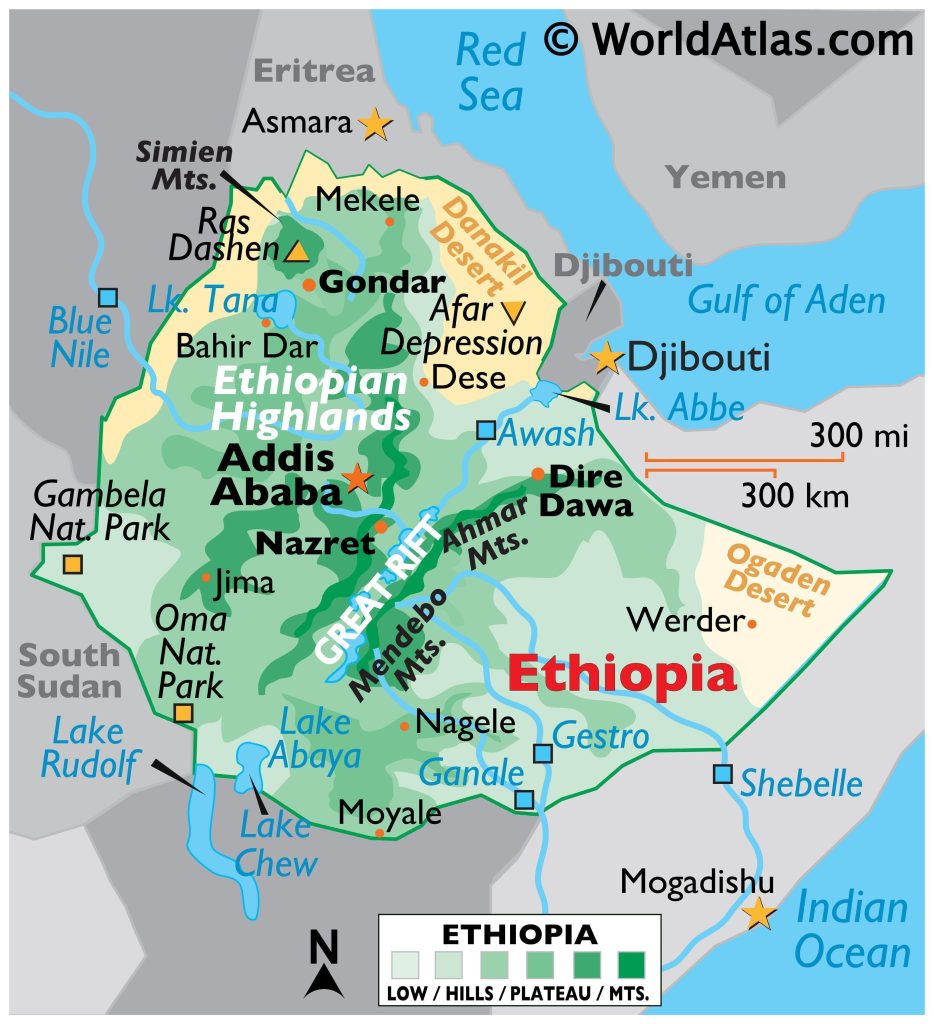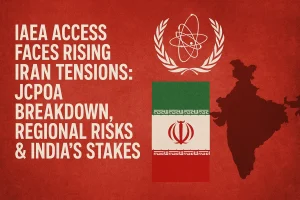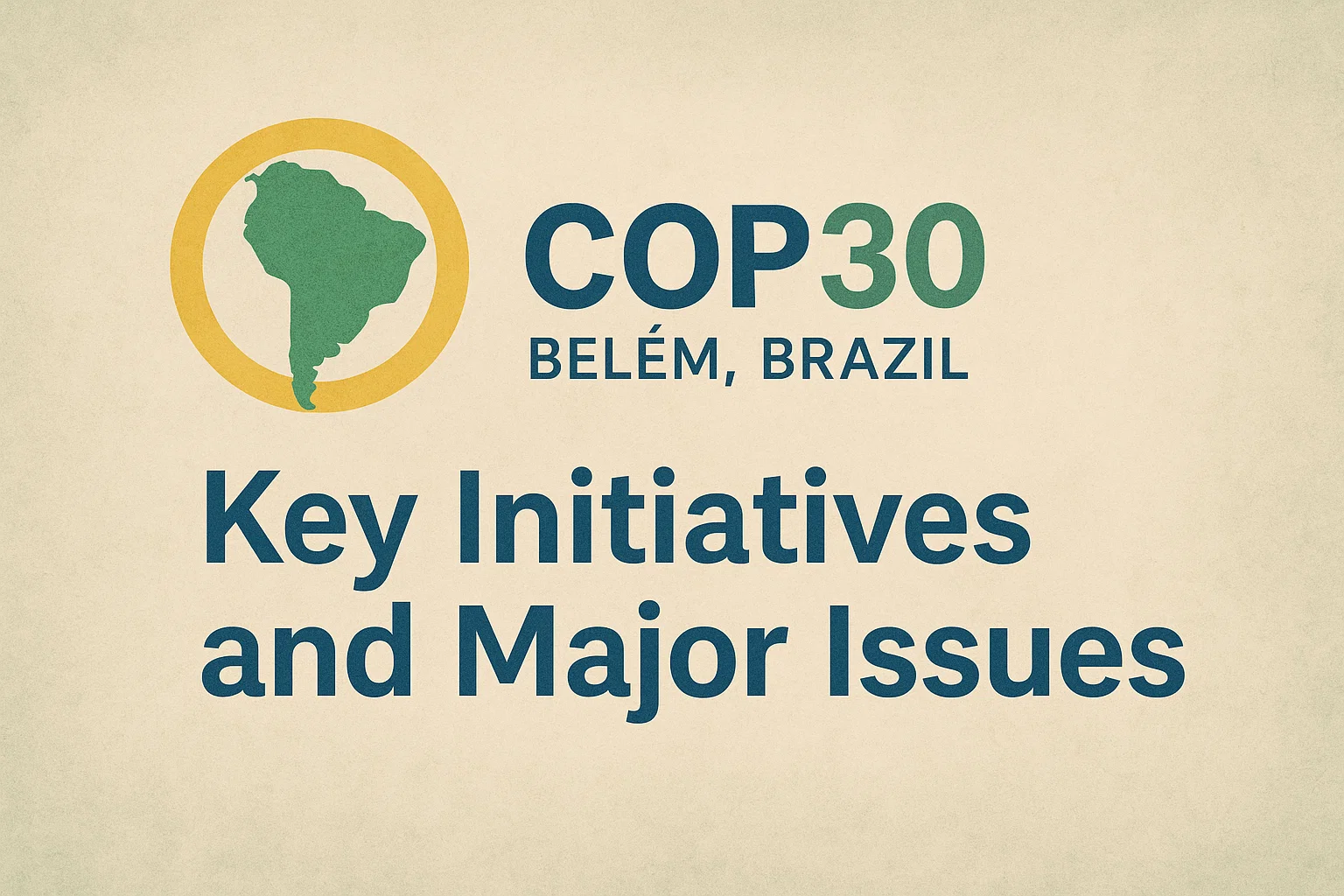Hayli Gubbi Volcano Eruption: Causes, Global Impact & Why Ash Reached India
Learn about the Hayli Gubbi volcano eruption in Ethiopia, its geological causes, how volcanic ash travelled to India through high-altitude winds and jet streams, and key facts about Ethiopia’s geography and tectonic activity.
Hayli Gubbi Volcano Eruption: Causes, Ash Spread to India & Key Facts
The Hayli Gubbi volcano eruption in Ethiopia’s Afar Rift has captured global attention, marking its first major activity in nearly 12,000 years. Massive ash plumes carried by high-altitude winds and strong atmospheric currents travelled across the Arabian Peninsula to India, disrupting aviation and affecting air quality. The rare event highlights the vulnerabilities of global transport systems, the geological dynamism of the East African Rift Valley, and the far-reaching impact of volcanic activity.

What Triggered the Hayli Gubbi Volcano Eruption?
Volcanic eruptions occur due to complex geological and tectonic processes. The Hayli Gubbi eruption is directly linked to Ethiopia’s Afar Rift, one of the most active tectonic regions in the world.
1. Plate Tectonics and the East African Rift
The region sits where tectonic plates are pulling apart, thinning the Earth’s crust and creating pathways for magma to rise. This divergent boundary drives continuous volcanic activity across Ethiopia.
2. Pressure Build-Up in Magma Chambers
Over thousands of years, molten rock, gases, and heat accumulated beneath the volcano. Once internal pressure exceeded the strength of the crust, it fractured, causing a powerful eruption.
3. Rapid Expansion of Volcanic Gases
Dissolved gases such as water vapour, carbon dioxide, and sulphur dioxide expand violently as magma rises. Their explosive release contributes to ash clouds rising up to 10–15 km into the atmosphere.
4. Subduction-Related Melting (General Cause of Volcanoes)
While the Afar Rift is not a subduction zone, globally many volcanic eruptions occur where one tectonic plate sinks beneath another, generating large magma volumes.
5. Hotspot Activity
Deep mantle plumes can generate volcanic activity even away from plate boundaries (e.g., Hawaii). Although Hayli Gubbi is not a hotspot volcano, this mechanism remains a major global cause of eruptions.
How Did Volcanic Smoke Travel From Ethiopia to India?
The Hayli Gubbi volcanic ash cloud travelled thousands of kilometres due to atmospheric circulation processes.
1. High-Altitude Winds
The eruption pushed ash into the stratosphere, where winds blowing at 100–120 km/h transported particles across continents. These winds carried ash from:
Afar (Ethiopia) → Red Sea → Arabian Peninsula → India
2. Jet Streams
Powerful upper-atmospheric wind bands known as jet streams acted as conveyor belts, accelerating the movement of ash towards South Asia.
3. Global Atmospheric Circulation
Systems like the Hadley, Ferrel, and Polar cells help distribute gases and aerosols worldwide. Volcanic sulphur dioxide from such eruptions can form sulphate aerosols, sometimes cooling global temperatures temporarily.
4. Topography & Regional Weather
The monsoon system and Himalayan barrier can alter the direction and spread of ash clouds, impacting northern and western India.
Historical Parallels
-
The 1991 Mount Pinatubo eruption cooled the Earth by 0.5°C for two years.
-
The 2010 Eyjafjallajökull eruption in Iceland grounded flights across Europe for weeks.
Places in News: Ethiopia
The Hayli Gubbi event brings renewed focus to Ethiopia — a country of deep historical roots and dynamic geology.
-
Location: Horn of Africa; bordered by Eritrea, Djibouti, Somalia, Kenya, South Sudan, Sudan
-
Capital: Addis Ababa
-
Geography: Ethiopian Highlands, Great Rift Valley, highly active Afar region
-
Major Rivers: Blue Nile (1,600 km), crucial for the GERD dispute
-
Highest Point: Ras Dejen (4,550 m)
-
Lowest Point: Danakil Depression (–125 m), one of the hottest places on Earth
-
Climate: Tropical monsoon with elevation-driven variations
-
History: One of the world’s oldest civilizations; briefly occupied by Italy (1936–41)
-
Economy: Agriculture-based (coffee as key export), with emerging sectors like hydropower and textiles

Subscribe to our Youtube Channel for more Valuable Content – TheStudyias
Download the App to Subscribe to our Courses – Thestudyias
The Source’s Authority and Ownership of the Article is Claimed By THE STUDY IAS BY MANIKANT SINGH




